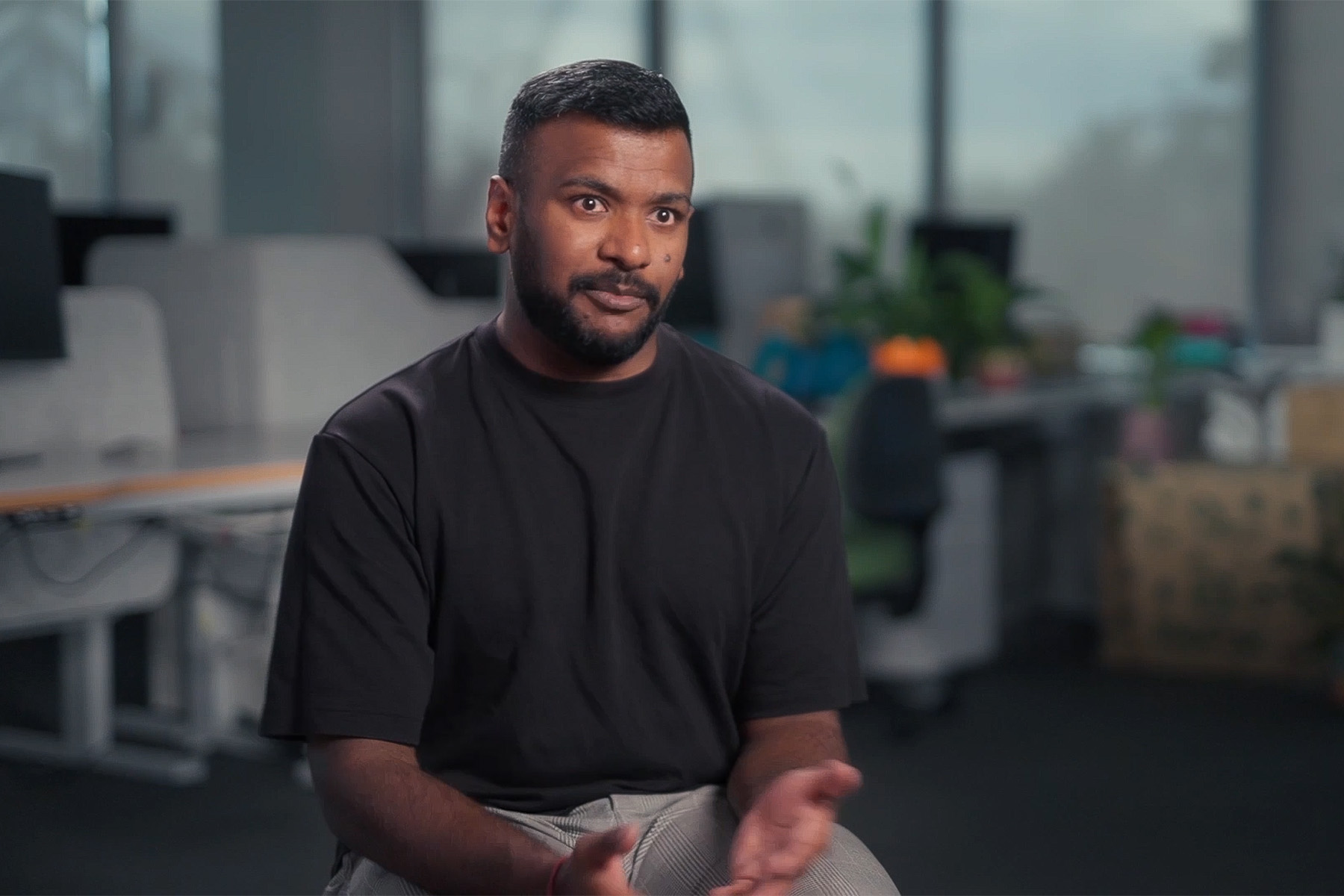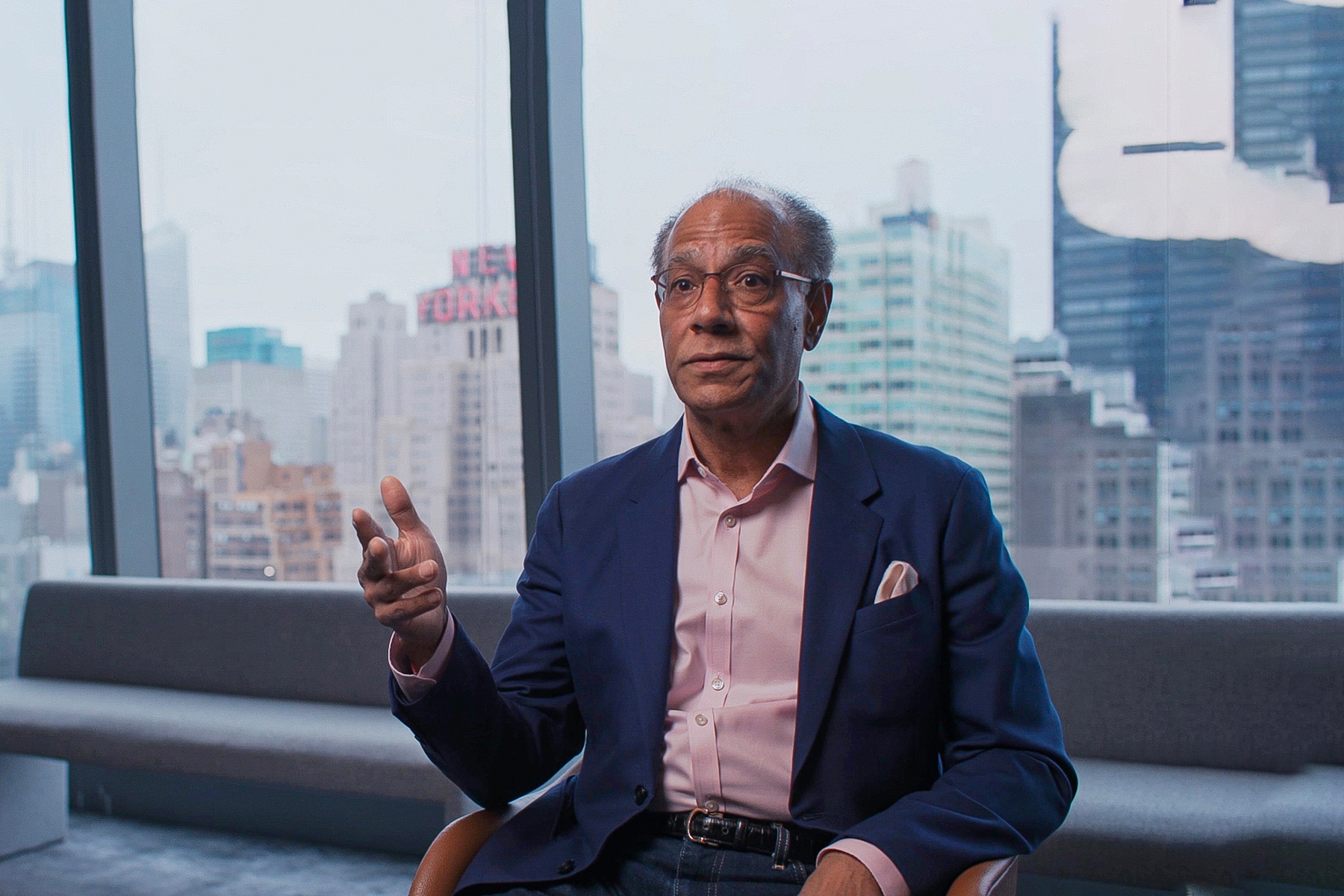So, how can boards help their organizations tap into this potential? By working with their Chief Human Resources Officer (CHRO) or equivalent to build a bridge to younger employees. That means fostering relationships based on listening and two-way communication, together with shared purpose and value. Here are some suggested actions to take:
- Find ways to engage young professionals – not simply by listening, but by encouraging active participation in decision-making.
- Build the ability to make choices based on individual values and preferences into the employee value proposition. Emphasize the scope for collaboration, whether face-to-face or virtual, along with the availability of resources to support health and wellbeing.
- Challenge the organization to be transparent about its operations, including its ESG and DE&I efforts, and to address any misalignment between commitments and reality.
While CEOs are ultimately responsible for the organizational culture and people strategy, talent transformation is critically important and CEOs and their boards might consider elevating how the CHRO is supported to drive the necessary changes.
As Gen Z will make up 27% of the workforce by 2025, employers have a lot riding on this cohort actively contributing to the organization’s future success.
2. Tailor the employee experience for long-term success
Successfully attracting, engaging and retaining talent is about paying attention to the right signals, then acting on them to make change happen.
For boards, this means having a process for tracking external trends and their impact on talent. Inviting external experts, such as behavioral psychologists or anthropologists, to the board is one way to do this.
Collaborating to develop an employee value proposition that meets the needs and wants of a multi-generational workforce is also key. This should reflect diversity in the broadest sense: of choice and opportunity, and the application of skills, as well as demographic diversity and inclusion. As Shyam Gidumal, Board Director at RenaissanceRe, says in our Board Imperative Series film: “Successful organizations are going to adjust to make people feel special, individually, when they come into work.”
Boards can also expand the remit of the compensation committee to reflect the fact that talent is a long-term issue as well as a short-term hurdle. The reality is that in today’s tight labor market, pay is a factor in driving moves. However, a compensation strategy must balance the short-term need to support employees’ financial wellbeing with the longer-term need to build a brand that attracts top talent.
3. Challenge management to prioritize upskilling
The changing talent dynamic is inevitably forcing organizations out of their comfort zones and requiring a swift and proactive response. One of the ways organizations can respond is by recognizing the need to prioritize the ongoing use of technology, and upskilling employees accordingly. Digitization can transform public services, for example, but EY research shows that just 7% of government organizations have achieved their digital transformation objectives. Meanwhile, 77% say competition for workers with in-demand technology skills has intensified since the pandemic.
This talent shortage means two-thirds of governments globally are prioritizing the reskilling of existing staff over hiring externally. And, thanks to recessionary pressures, more CEOs are focusing on ways to retain talent than are focusing on managing talent costs.
Another way for boards to work with management to retain talent is to consider talent development as a process of progressing individuals along a series of “S-curves,” which is an S shaped graph that can be used to describe how ideas, products, or in this case, talent, experience rapid growth followed by a levelling out (or saturation). Rather than risk disengaging people when they hit the top of a developmental curve, which would signal mastery of a new job or skill, employers could encourage continuous growth by offering opportunities along a new S-curve. Yet, as the pace of change increases, S curves are getting shorter, and skills need renewing sooner. Employers have to adapt how their learning functions provide skills and experience in more agile, timely, and interesting ways. Bruna Gil, Channel Sales Manager at LinkedIn, captures this well in our film: “The demand for skills keeps changing. It’s really top of mind for me to keep my team upskilling and developing themselves.”
To effect change, boards themselves need to change and ask the right questions
Boards can clearly influence the speed and urgency with which organizations refresh their social contracts with employees. However, to have the biggest possible impact, they will need to challenge and encourage management, and themselves, to apply diversity of thought. In doing so, they will be able to evolve and affect change.
Some of the key questions for boards to consider are as follows.
Related articles
Summary
The last few years have brought dramatic shifts in what employees want and expect from their employers. As a result, organizations are aware that they need to reshape the social contract with employees to attract and retain top talent. With the board’s support, they can focus on the aspects of the employee experience that will make the biggest difference.




